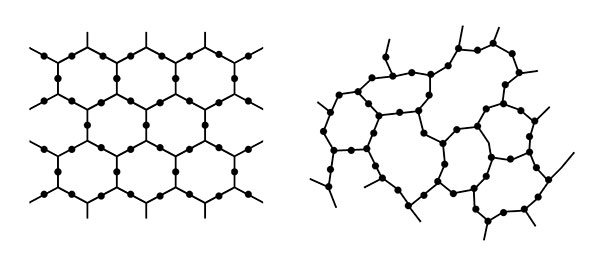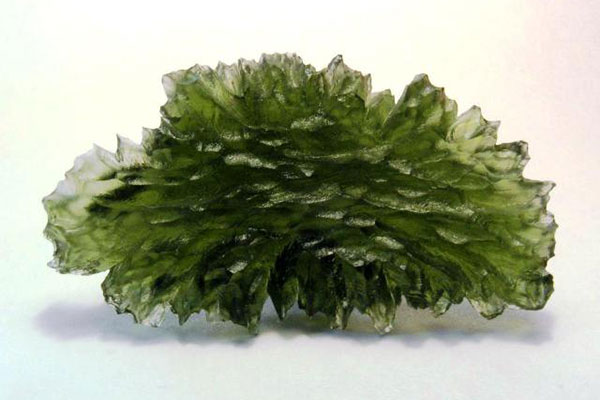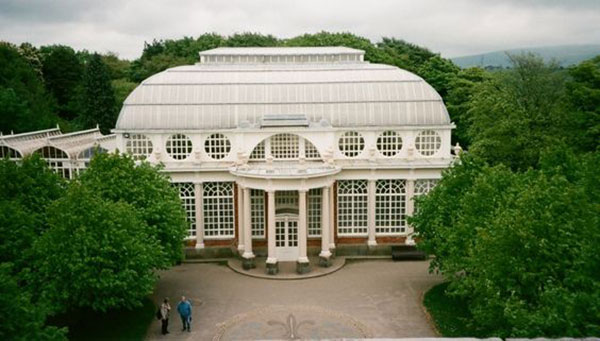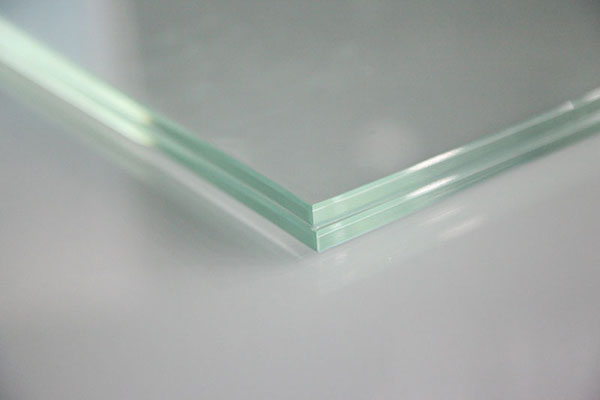Continuing an exploration of the use of glass in architecture…
Why Glass?
To imagine London without glass is quite hard, maybe Italo Calvino could help us to exercise our imagination with the Invisible Cities.. if glass wouldn’t have been invented then maybe another material which is now unknown, or used for different scopes, could have been used; or maybe a completely different strategy would have been developed to allow for the light to come in and reach ours sofas. As a consequence, buildings and cities would be probably completely different now.
There is perhaps a possible path toward a more rational research: to understand why we use glass in buildings could be a basis to understand if a different material can be equally successful.
I would therefore start from an instrumental question: Why glass?
Here a few possible answers.
Because you can see through it
Transparency is definitely the main benefit of glass in buildings.
But what is transparency? A material is defined transparent in physic when the light (photons) can pass through without being scattered. This phenomenon happens quite often with liquids but it is not so common in solids materials. In the case of glass, transparency is made possible by the fact that the molecules and atoms are not organized as geometrically well-defined crystals but they are more randomly linked together: glass is an amorphous material like thin film lubricants, metallic glasses, polymers, and gels.

Molecular structures of a typical solid, left, and glass, right.
There is a number which can help designers to specify the transparency of the glass: the visual light transmission (VLT), which indicates the percentage of visible light that is transmitted through the glass at near normal incidence. A glass with a VLT of 10% allows the 10% of the visible light to penetrate and blocks 90% instead. Depending on the glass and the treatment it is possible to obtain different VLT values from about 10% to ≈91%.
Today it is quite usual for architects to specify the use of low iron glass because it is less green and more transparent. Iron in fact, which is an “impurity” commonly present in the raw materials, has a high coefficient of light absorption, but there are associated issues. To remove the iron is quite an expensive process and a glass without iron is much more difficult to be produced (iron makes much easier the melting process). In addition a low iron glass, since is more transparent, presents much less resistance to solar light transmission, which lead us to the next topic.

A green natural glass called Moldavite which may be formed as a consequence of meteoric impact. H. Raab, Creative Commons License
Because it can keep the excessive heat out in summer
The fact that glass is transparent has an intrinsic consequence: solar energy can also pass through.
It is quite important for architects to make sure that glass is able to deal with the solar conditions related to the area where it is used: London for example, like it or not, has a much lower level of solar radiation than Havana where in fact, to minimize the glazed surfaces in the building envelope, is a very efficient way to reduce the solar heating and the need for air conditioning.
The aptitude of the glass to transmit the solar energy on the inside is expressed with a percentage which is called G-value: a higher G-Value means a proportionally higher solar heat. The G value can be sensibly improved with coating or with any system that projects shadow on the exposed surface or with multiple glazing.

Palm House, now the Butterfly House, Williamson Park, Lancaster, UK
Image: Local History Federation Lancashire
And it keeps the cold out in winter
If the G-value expresses the heat gain from outside to inside the U-Value expresses instead the heat loss (W/m2) from inside to outside. Different types of glass have different U values suitable for different climatic areas: as an example the minimum U-Value required in England is 2.2W/m2. In order to increase the thermal efficiency of a building and minimize the need for plants it would be better to lower the heat loss (the U value) using a proper glass or, better, a proper glass system. A very effective and common strategy is to trap a slice of air between two sheets of glass: the air has a much lower conductivity than the glass and this lowers the overall U-value. This system is called multiple glazing and there are today many different types of multiple glazing with specific performances suitable for different conditions: simple double glazing, double glazing with acrylic capillaries, fire resisting glazing, double glazing with coated film in the cavity, louvers within the cavity etc…
Because it keeps the noise out
Yes, you can enjoy the view toward the busy high street from your preferred armchair and not be bothered by the noise! A single glass layer offers actually very little sound insulation, but the right combination of layers, with thickness selected on the basis of the noise vibration and with the right spacing between the layers, can provide a very high level of acoustic separation.
If windows are properly designed they can almost completely stop the noise of a Boeing 737 (≈100 dB). The capacity of the glass (or glass systems) to reduce the noise is usually expressed in decibel (dB) with a number called Rw value: the higher the value the better the sound insulation is.
Because it prevents people falling out of buildings!
… Fingers crossed! Yes, because glass it is, in theory, quite strong, even stronger than steel but, due to its chemical and physical nature, it is very difficult to predict its behaviour when subject to stress.
Luckily the strength of glass and its structural predictability can be amazingly improved with thermal treatment: toughened glass for example, can be 4 times stronger than non-toughened glass. A composition of laminated glasses is preferable when used at height.

Pilkington laminated glass
And also because..
It is a hard material which resists to scratches and abrasion, it is very resistant to chemicals , it can be resistant to fire if properly treated with embedded wire, it can become incredibly resistant to impact ( security glass) it can be coloured and treated in different manners to improve or modify its characteristics. I would also mention that a piece of glass can today be quite big: as an example in Europe it is possible to achieve glass panels with the amazing size of 15 x 4 m!
There are many arguments in defence of glass and many weaknesses as well and I am not so sure I am getting closer to the answer to the starting question: how would the city be if glass wasn’t been invented yet?
As Marco Polo would do I will report to the Kublai Kahn as soon as I discover a city without glass, provided always that he is minded to believe me.